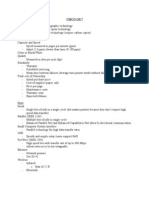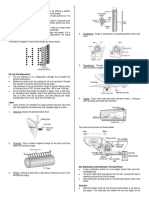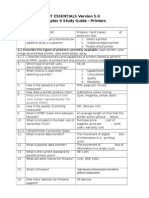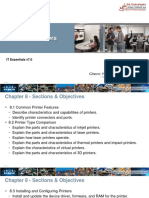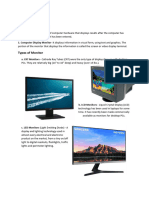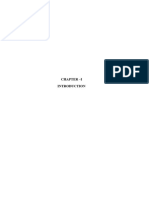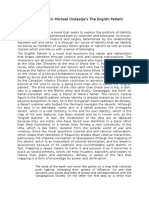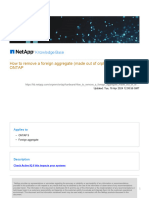0% found this document useful (0 votes)
170 views6 pagesPrinting Notes
The document provides an overview of printing technology, including types of printers, their features, installation, configuration, sharing, maintenance, and troubleshooting. Key components such as speed, quality, and total cost of ownership are discussed, along with specific printer types like inkjet, laser, thermal, impact, virtual, and 3D printers. It also outlines best practices for printer sharing and preventive maintenance to ensure optimal performance and longevity.
Uploaded by
lomzo.etcCopyright
© © All Rights Reserved
We take content rights seriously. If you suspect this is your content, claim it here.
Available Formats
Download as PDF, TXT or read online on Scribd
0% found this document useful (0 votes)
170 views6 pagesPrinting Notes
The document provides an overview of printing technology, including types of printers, their features, installation, configuration, sharing, maintenance, and troubleshooting. Key components such as speed, quality, and total cost of ownership are discussed, along with specific printer types like inkjet, laser, thermal, impact, virtual, and 3D printers. It also outlines best practices for printer sharing and preventive maintenance to ensure optimal performance and longevity.
Uploaded by
lomzo.etcCopyright
© © All Rights Reserved
We take content rights seriously. If you suspect this is your content, claim it here.
Available Formats
Download as PDF, TXT or read online on Scribd
/ 6
















